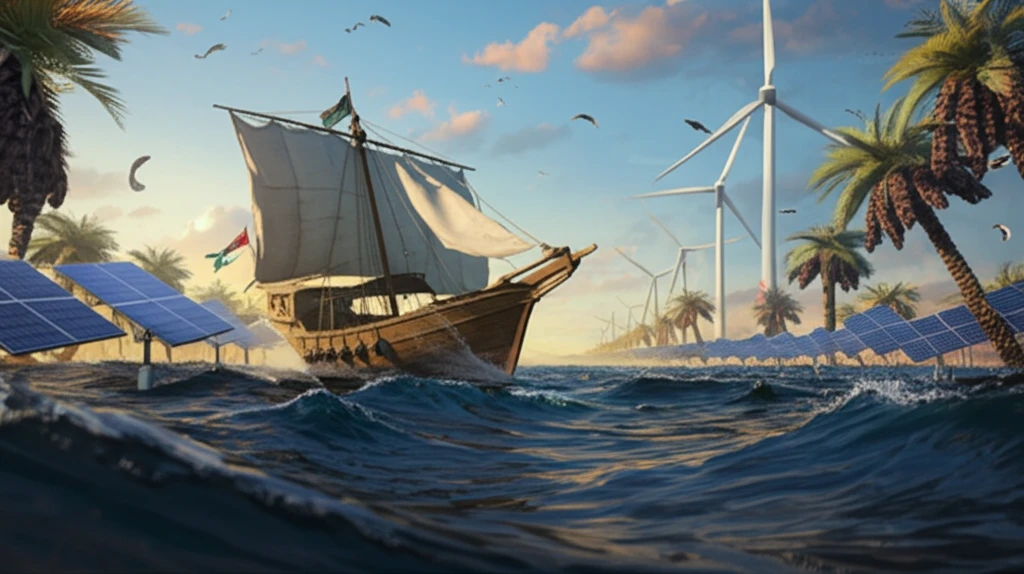
Oman's Economic Balancing Act: How the Sultanate is Navigating Oil Price Swings
"Discover how Oman is strategically diversifying its economy and adapting public policies to thrive beyond oil, ensuring stability and growth for its future."
For decades, the Sultanate of Oman has ridden the wave of oil and natural gas revenues, transforming its landscape with advancements in education, infrastructure, and urbanization. These resources fueled the nation's progress, underpinning nearly every aspect of its economy. However, this reliance created vulnerabilities, starkly revealed when oil prices plummeted in 2014 and 2015.
The dramatic drop in oil prices—from over $110 USD per barrel in June 2014 to below $30 USD in January 2016—sent shockwaves through Oman's economy. The immediate impacts included significant budget deficits, reduced governmental spending, and the difficult decision to reduce or cancel subsidies on essential services like fuel and electricity. The nation faced a critical juncture, compelling a re-evaluation of its economic strategy.
In response to these challenges, Oman has embarked on an ambitious journey of economic diversification. Through its ninth five-year plan (2016-2020) and beyond, the Sultanate is actively working to reduce its dependence on traditional oil and gas sectors, fostering private businesses, and exploring new avenues for sustainable growth. This article delves into the socioeconomic facts, policy changes, and future prospects shaping Oman's path to a more resilient and diversified economy.
The Lay of the Land: Understanding Oman's Geography and Demographics

The Sultanate of Oman, nestled on the southeastern tip of the Arabian Peninsula, is a medium-sized Arab nation with a rich maritime history thanks to its extensive coastline stretching approximately 3,165 km. Bordered by the United Arab Emirates to the northwest, Saudi Arabia to the west, and Yemen to the southwest, Oman's strategic location has long influenced its economic and political dynamics.
- Geographic Overview: Oman covers an area of 309,500 square kilometers and is strategically located with access to three major bodies of water: the Arabian Gulf, the Gulf of Oman, and the Arabian Sea.
- Demographic Diversity: Expatriates, largely from India, Bangladesh and Pakistan, make up nearly half the population, contributing significantly to the workforce.
- Population Growth: Oman's population has grown eightfold since 1960, reflecting rapid development and urbanization.
Charting a Course for Tomorrow: Oman's Economic Vision
Oman stands at a pivotal moment in its economic history. The fluctuations in oil prices have highlighted the urgent need for diversification and sustainable economic strategies. By fostering new industries, streamlining business regulations, and investing in its people, Oman aims to build a resilient economy that can weather global economic shifts. The journey is complex, but the Sultanate's commitment to progress ensures a promising future for generations to come.
